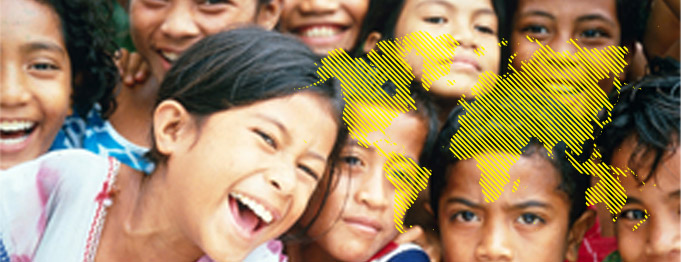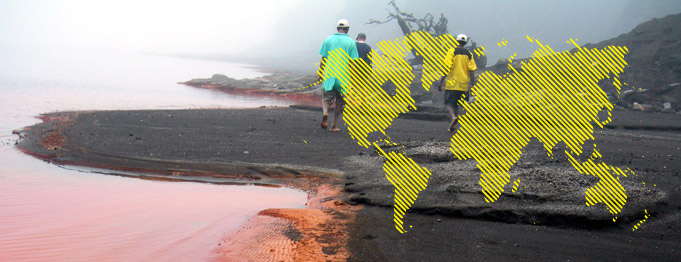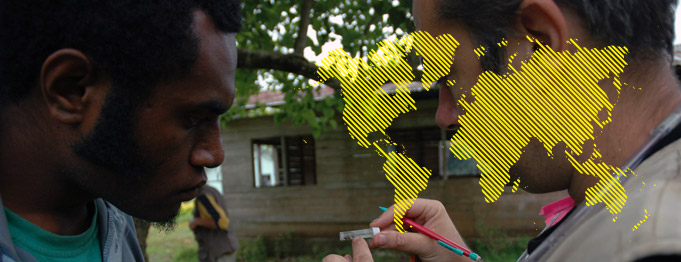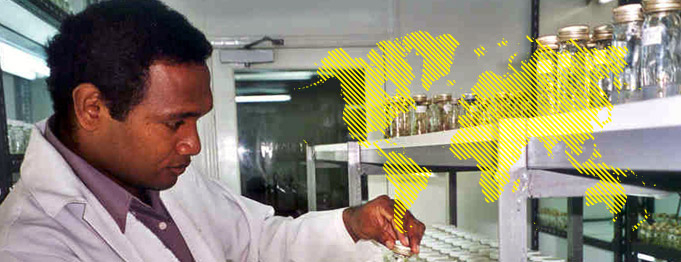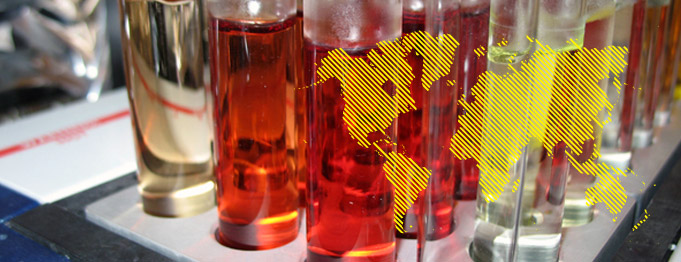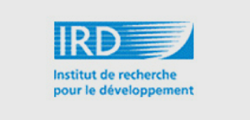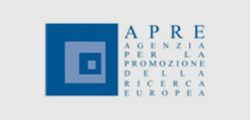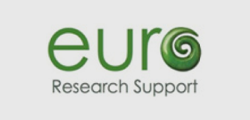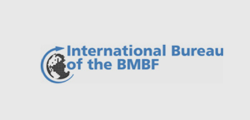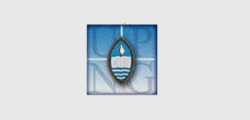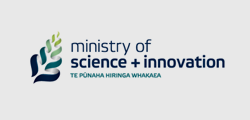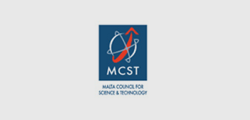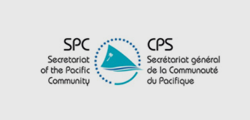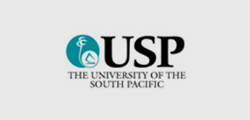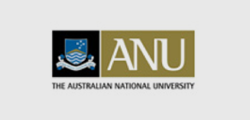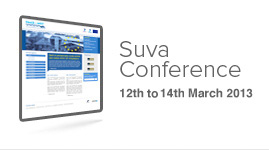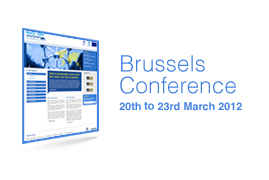Pacific governments plan a better future from aquaculture
Monday 15 October 2012, Secretariat of the Pacific Community (SPC), Noumea – ‘Prevention is better than cure’ is the main message emerging from the Food and Agriculture Organization (FAO)/SPC Regional Workshop on Aquatic Biosecurity and Aquaculture Data and Statistics in the Pacific Region held in Nadi, Fiji, last week.
15 October 2012, Secretariat of the Pacific Community (SPC), Noumea – ‘Prevention is better than cure’ is the main message emerging from the Food and Agriculture Organization (FAO)/SPC Regional Workshop on Aquatic Biosecurity and Aquaculture Data and Statistics in the Pacific Region held in Nadi, Fiji, last week.
Representatives from the fisheries and the quarantine departments of 21 Pacific Island countries and territories (PICTs) met with experts from FAO and SPC to develop strategies that address future aquaculture management challenges.
The principal outcome of the meeting is a broad regional plan of action on aquatic biosecurity and aquaculture statistics. This will be jointly implemented by FAO and SPC, in partnership with PICTs, to provide technical assistance on the aquatic biosecurity and statistics areas they decided are priorities for the region.
Aquaculture (fish farming) is the fastest growing food-producing sector in the world, contributing nearly 50 per cent of food fish supply. The Pacific Islands’ aquaculture sector is still quite small, but expansion is widely expected to help meet the increasing demand for fish by the region’s rapidly growing populations. Most Pacific countries are keen to move forward with aquaculture development for food security, livelihoods, and fisheries re-stocking.
The impacts of Pacific aquaculture on environments have so far been small, so this is perfect timing for planning ways to manage and reduce future impacts. Risks in the farming sector include diseases of livestock and plants, and ecological effects from cross-border movements. The collection of data and statistics needs strengthening at national and regional levels to better support aquaculture sector management, sound business planning, and assessment of socio-economic benefits.
Pacific environments are largely pristine and in good condition for farming fish, but the geography poses challenges for environmental management. Islands are widely scattered, technical capacity is limited, and communication to rural areas can be difficult.
The workshop participants identified strategies to address key challenges. It was concluded that assessments of challenges such as technical and economic feasibility should precede analysis of hazards and risks. A wide range of risk assessment tools for specific hazards (e.g. pathogens and food safety, which are governed by international standards) are available and can be used as a reference for analysing other risks and can also be applied by resource managers as decision-making tools for aquatic animal movements or new aquaculture enterprise development. Some PICTs have already been introduced to risk analysis and have practical experiences that can be shared with the region.
Capacity building will be a vital element in areas such as basic disease diagnosis for some countries and new and sophisticated methods of fish disease diagnosis using molecular (DNA) diagnostic techniques for the more advanced aquaculture territories. Bringing together representatives from agriculture, veterinary, fisheries and aquaculture sectors in this workshop provided ample opportunity to understand and address biosecurity concerns in a holistic manner through updates on different approaches, techniques and guidelines (voluntary and obligatory) that apply to aquatic species.
The goal is for existing capabilities to be reinforced, up-scaled and strengthened in a coordinated manner at national and regional levels, for the sustainable development and sound management of aquaculture in the Pacific region.
For more information, please contact:
Robert Jimmy SPC Aquaculture Adviser Phone: +687 26 01 66 Email: RobertJ@spc.int
Masanami Izumi Fishery Officer FAO, Sub Regional Office for the Pacific Islands (SAP) SAMOA Phone +685 20710 Email : Masanami.Izumi@fao.org

